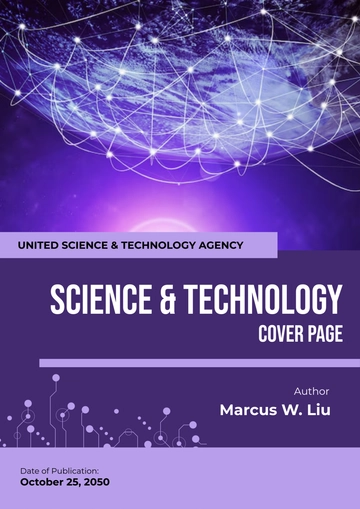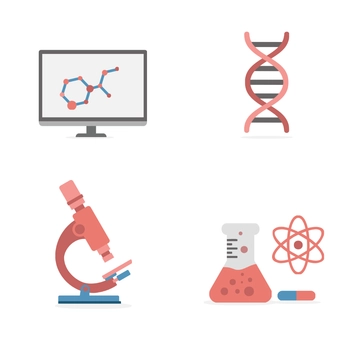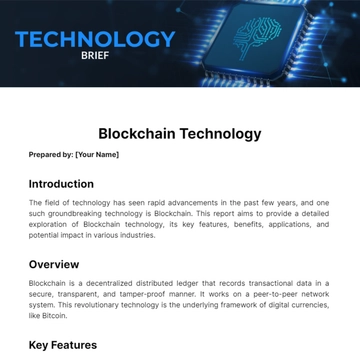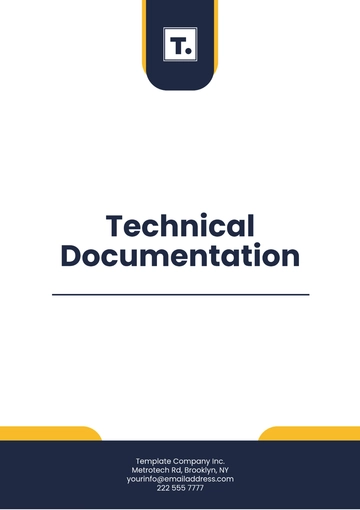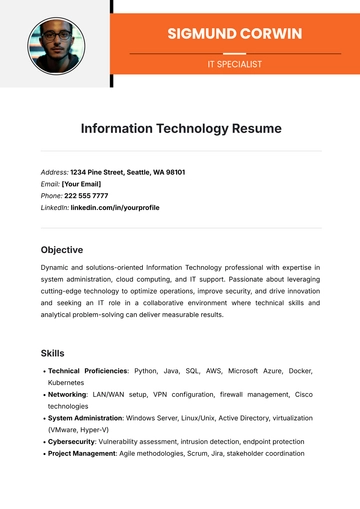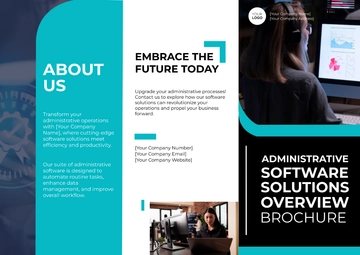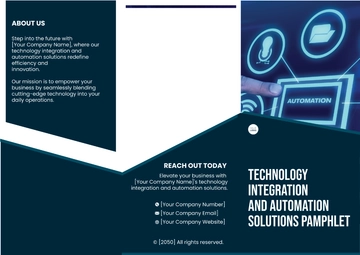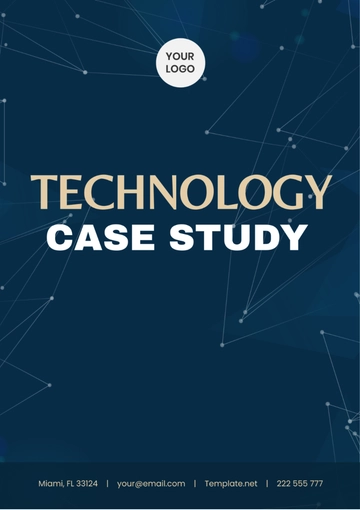Method Transfer Protocol
Name: | [YOUR NAME] |
|---|
Company: | [YOUR COMPANY NAME] |
|---|
Department: | [DEPARTMENT NAME] |
|---|
Date: | March 27, 2050 |
|---|
Introduction
This Method Transfer Protocol is designed to facilitate the seamless transfer of analytical testing methods between research institutions or commercial entities. The protocol aims to ensure collaboration efficiency while maintaining rigorous quality control standards throughout the process. Effective method transfer is essential for consistency, reliability, and accuracy in analytical testing, which are paramount for achieving credible results.
Objectives
To establish a standardized procedure for transferring analytical testing methods.
To ensure the preservation of quality control standards during method transfer.
To facilitate collaboration between research institutions or commercial entities in analytical testing processes.
Protocol Overview
This protocol outlines the steps involved in transferring analytical testing methods, including the preparation, execution, and evaluation phases. It emphasizes adherence to established quality control measures to uphold the integrity of the transferred methods.
Materials and Equipment
Detailed documentation of the analytical method to be transferred.
Laboratory notebooks or electronic record-keeping systems.
Necessary laboratory equipment and consumables.
Qualified personnel trained in analytical techniques and method transfer procedures.
Methods and Procedure
Preparation Phase:
a. Review and understand the source analytical method thoroughly.
b. Document any deviations or modifications required for the receiving laboratory.
c. Communicate with relevant stakeholders to establish expectations and timelines.
Execution Phase:
a. Schedule a transfer meeting involving representatives from both the source and receiving laboratories.
b. Demonstrate the execution of the method by the source laboratory personnel.
c. Provide hands-on training to receiving laboratory personnel on the method execution.
d. Address any questions or concerns raised during the training session.
e. Conduct parallel testing to ensure consistency between the source and receiving laboratories.
Evaluation Phase:
a. Perform validation experiments to assess the performance of the transferred method.
b. Compare results obtained from the source and receiving laboratories for consistency.
c. Document any discrepancies or challenges encountered during the transfer process.
d. Implement corrective actions as necessary to address identified issues.
Data Collection
Record all experimental data, observations, and results obtained during the method transfer process accurately and comprehensively.
Maintain detailed documentation to facilitate traceability and auditability.
Safety Considerations
Adhere to all relevant safety protocols and guidelines when handling chemicals, equipment, and biological materials.
Ensure that personnel are adequately trained in laboratory safety procedures.
Use appropriate personal protective equipment (PPE) as required by the experimental procedures.
Expected Results
Successful transfer of the analytical testing method with minimal deviations or discrepancies.
Consistency in results between the source and receiving laboratories, demonstrating the reliability of the transferred method.
Enhanced collaboration between research institutions or commercial entities in analytical testing processes.
Conclusion
This Method Transfer Protocol provides a structured framework for transferring analytical testing methods while maintaining stringent quality control standards. By following this protocol, research institutions and commercial entities can streamline collaboration efforts and ensure the reliability and accuracy of analytical testing processes. Continuous adherence to established protocols and ongoing communication between stakeholders is essential for sustaining successful method transfers and fostering collaborative relationships.
Protocol Templates @ Template.net



